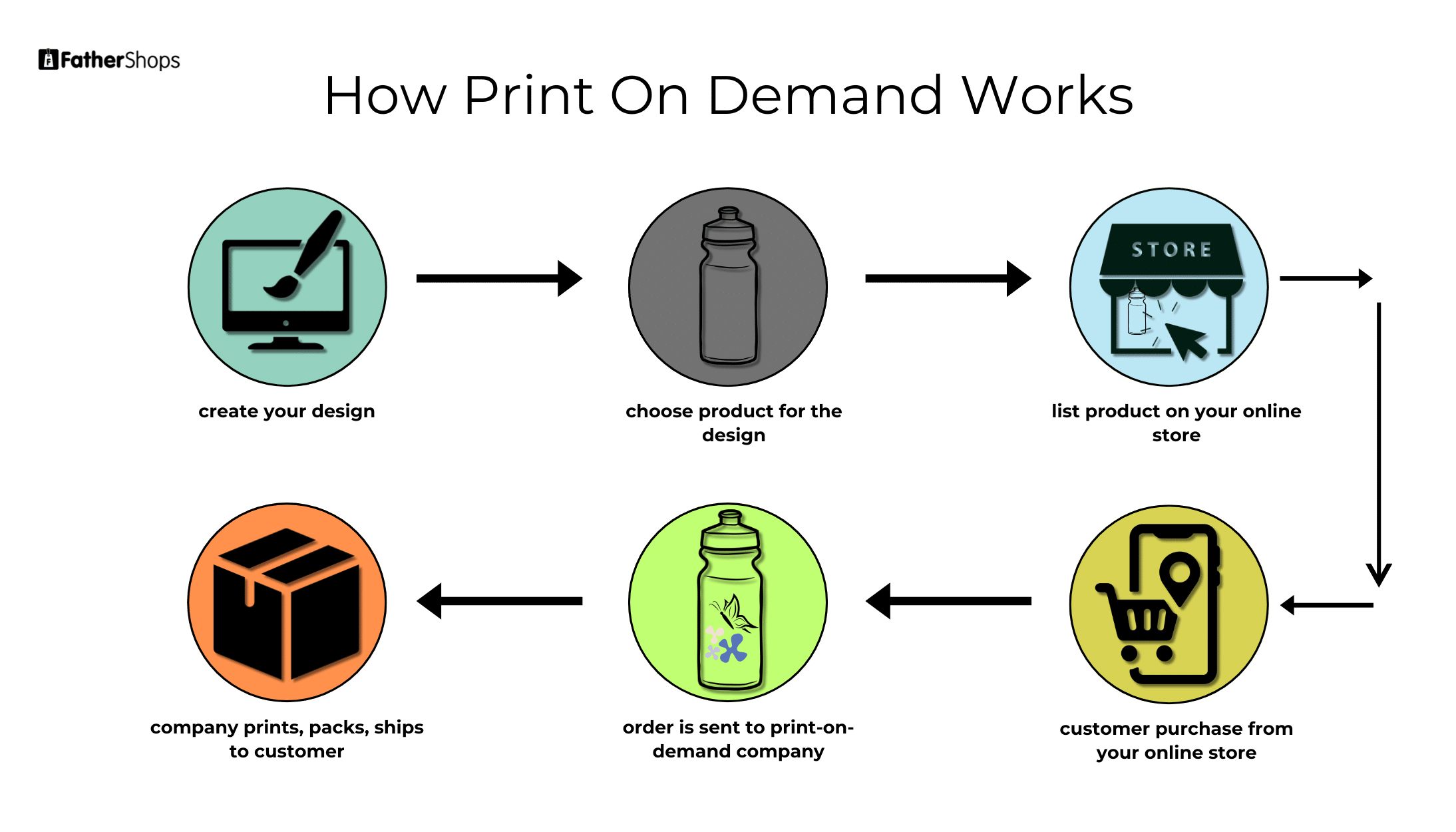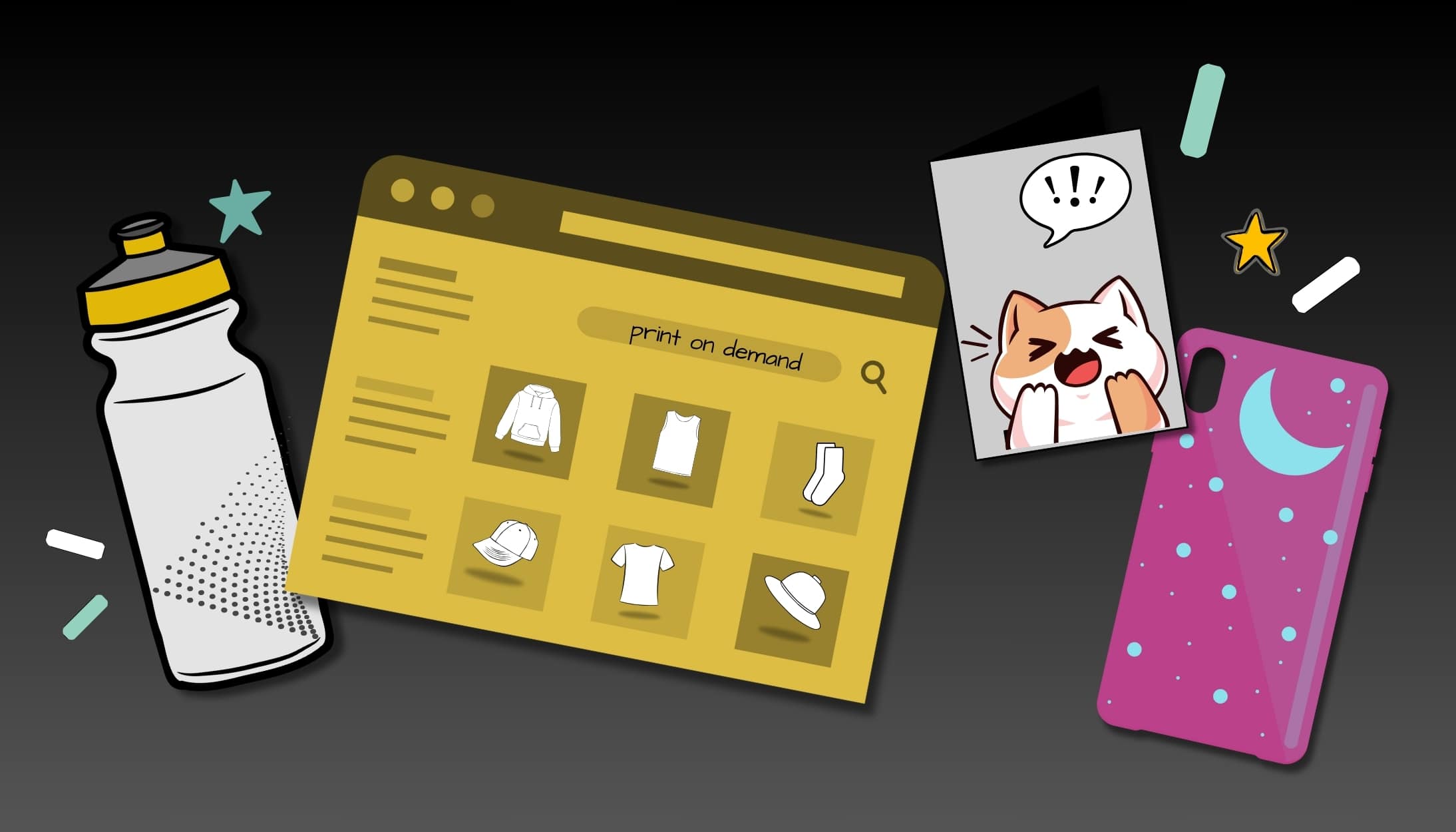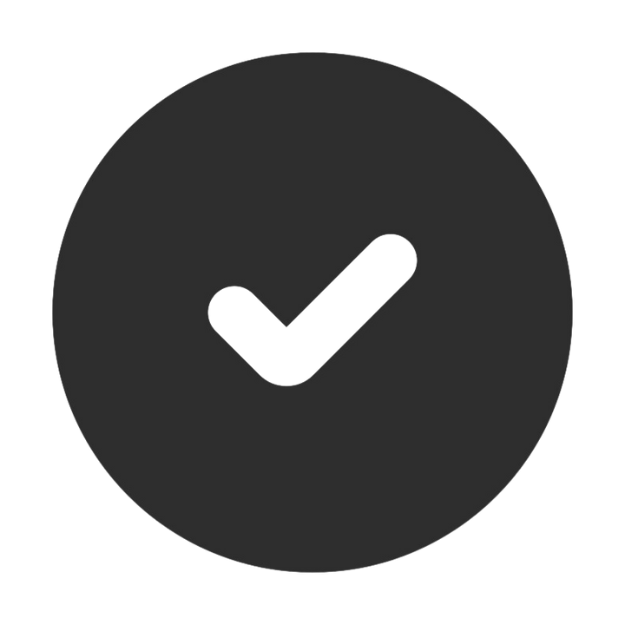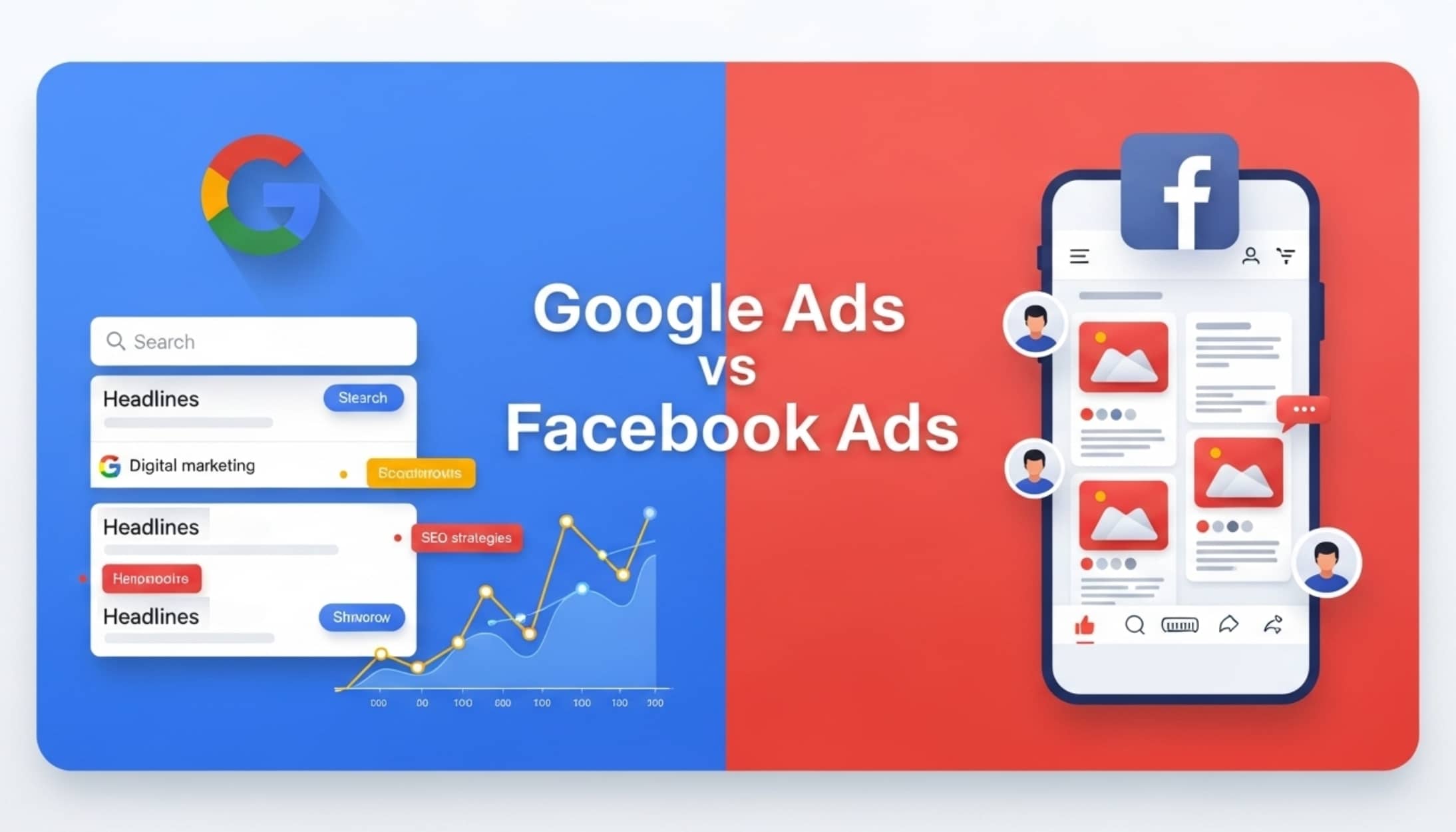Table Of Content
What is Print on Demand?
Imagine starting a business without worrying about stocking shelves, managing inventory, or dealing with the hassle of shipping. Sounds like a dream, right? That’s exactly what Print on Demand (POD) offers. Print on Demand is a business model that allows you to sell customized products without maintaining any inventory.
When someone buys a product from your online store, your POD supplier prints the design on the item and ships it directly to your customer. You never handle the product—it’s as simple as that!
Let’s say you’ve created a cool design for a water bottle. Instead of printing hundreds of items in advance and hoping they sell, you only print them when an order is placed. This “on-demand” approach makes POD a low-risk, high-reward way to start an eCommerce business.

Print on Demand (POD) is super simple once you get the hang of it. Here’s how it works, step by step, in plain language:
- You Create Your Designs
First, come up with some cool designs—think catchy quotes, trendy graphics, or fun artwork. Don’t worry if you’re not a designer! Tools like Canva are super beginner-friendly, or you can hire a freelancer on Fiverr or Upwork to do it for you. - Partner with a POD Supplier
Once you’ve got your designs, choose a Print on Demand supplier like Printful or Printify. These platforms let you upload your designs onto products like T-shirts, mugs, or hoodies. They handle all the printing and shipping for you. - Set Up Your Online Store
Connect your POD supplier to an eCommerce platform like Fathershops, Etsy, or WooCommerce. This is where customers will browse your products and place orders. - Customer Places an Order
When someone buys a product from your store, the order automatically goes to your POD supplier. You don’t have to lift a finger—they take care of everything from here. - Your Supplier Prints and Ships
The supplier prints your design on the product and ships it straight to the customer. You don’t have to deal with packaging, postage, or tracking numbers—it’s all done for you. - You Earn the Profit
Here’s the fun part: You get to keep the difference between what the customer paid and what the supplier charges. For example, if you sell a mug for $20 and your supplier charges $10, you pocket the $10 profit.
Statistics of Print on Demand
Here are some key statistics that showcase why Print on Demand (POD) is one of the fastest-growing and most lucrative eCommerce business models:
- The global Print on Demand market is expected to reach $39 billion by 2030, growing at a CAGR of 26.1% from 2023.(Source: Allied Market Research )
- The custom T-shirt printing market alone is projected to hit $7.57 billion by 2028. (Source: Grand View Research )
- 68% of consumers are willing to pay more for personalized products. (Source: Deloitte )
- Millennials and Gen Z, who value individuality and personalization, are the largest buyers of custom products.
- The global eCommerce market is set to reach $7 trillion by 2025, offering significant opportunities for POD sellers. (Source: Statista )
- 57% of small businesses leverage Print on Demand or dropshipping to reduce inventory and operational costs.
- Popular POD items include T-shirts, mugs, hoodies, tote bags, phone cases, and wall art.
- Trending niches like eco-friendly products, humor-based designs, and pop culture references are driving sales.
- Over 60% of consumers discover new products through Instagram and Facebook ads.
- Print on Demand sellers typically earn profit margins of 30% to 50%, depending on the product and pricing strategy.
How to Start a Print on Demand Business
Starting a Print on Demand (POD) business is one of the most beginner-friendly ways to enter the world of eCommerce. You don’t need a warehouse, inventory, or a huge upfront investment. All you need is creativity, a good niche, and the willingness to hustle.
Let’s break down the steps to starting your own POD business in a simple, actionable way. Ready? Let’s go!
1. Pick a Niche
Your niche is the backbone of your business. It’s the specific group of people you’ll serve with your designs. Without a niche, you’re like a ship without a destination.
How to Choose the Right Niche:
- Follow Your Passion: What excites you? Maybe it’s fitness, gaming, or even plants! Picking a niche you love makes the journey more enjoyable.
- Check Market Demand: Use tools like Google Trends or TikTok hashtags to see what’s trending. For example, eco-friendly products or funny quotes are always hot.
- Stalk the Competition: Look at top-selling items on Amazon, Etsy, or even Instagram. What’s working for others might work for you too.
Example: If you’re a dog lover, your niche could be “funny dog-themed apparel.” Your designs might include playful quotes like “Dogs Over People” or “Proud Dog Mom.”
2. Choose a Print on Demand Supplier
The supplier is the behind-the-scenes hero of your business. They’ll handle printing, packaging, and shipping, so picking the right one is crucial.
Top Suppliers to Consider:
- Printful: Known for high-quality products and seamless integrations.
- Printify: Offers competitive pricing and a wide range of product options.
- SPOD: Delivers products faster than most competitors, great for impatient customers!
What to Look For in a Supplier:
- Product Variety: Does the supplier offer the items you want to sell?
- Shipping: How fast do they deliver, and do they ship worldwide?
- Ease of Integration: Can they connect with your eCommerce platform easily?
Test a few suppliers by ordering samples before committing. Trust me, this step saves you a lot of headaches later.
3. Design Your Products
Your designs are what make your products unique. The better your designs, the more customers will fall in love with them.
How to Create Winning Designs:
- Use Design Tools: Canva is great for beginners, while Photoshop offers advanced options.
- Hire Help: Not a designer? No problem! Freelancers on Fiverr or Upwork can create custom designs for you.
- Research Trends: Look at popular Pinterest boards, Instagram hashtags, or TikTok content for design inspiration.
4. Set Up Your Online Store
Now that you’ve chosen a niche and created designs, it’s time to set up shop. Your store is where customers will browse and buy your products.
Platforms to Consider:
- Shopify: Perfect if you want your own website with customizable features.
- Etsy: Great for tapping into an existing marketplace with built-in customers.
- WooCommerce: Ideal if you already have a WordPress site.
Steps to Build Your Store:
5. Set the Price
Pricing is where many beginners stumble. You want to be competitive, but you also need to make a profit. How to Price Your Products:
- Calculate your costs (supplier’s fee + shipping).
- Add a markup (usually 30-50%). For example, if your supplier charges $10, you can sell the product for $20-25.
- Compare with competitors to ensure your prices are fair.
Example: If a mug costs you $8 to produce and ship, you might price it at $18. That leaves you with a $10 profit per sale.
6. Check the Quality of Products
Before launching your store, it’s crucial to check the quality of your products. Happy customers = repeat customers, and quality is key.
How to Test Quality:
- Order samples of your products.
- Check the print clarity, material durability, and overall feel.
- Inspect packaging—no one likes receiving a poorly packed item.
- This step helps you avoid refunds, negative reviews, and unhappy customers.
7. Promote Your Store
Your store is live—now it’s time to attract customers!
Proven Marketing Strategies:
- Social Media Advertising: Run targeted ads on Instagram, Facebook, or TikTok. Highlight your best designs and their benefits.
- Collaborate with Influencers: Partner with influencers in your niche. For example, a fitness influencer could showcase your gym-themed T-shirts.
- SEO Optimization: Use relevant keywords in your product titles and descriptions to improve search visibility.
- Email Marketing: Build an email list and send out updates, promotions, and new product launches.
8. Monitor and Scale Your Business
Once sales start rolling in, it’s time to think about growth.
How to Scale Your POD Business:
- Add more products or expand into related niches. For instance, if you’re selling dog T-shirts, add mugs, tote bags, or stickers.
- Analyze your sales data to identify top-performing designs and double down on them.
- Invest in more advanced marketing strategies, like retargeting ads, to boost repeat purchases.
Best Print on Demand Websites
Choosing the right Print on Demand (POD) platform is one of the most critical steps in starting your business. Your supplier will handle everything from printing your designs to shipping products to customers, so reliability, quality, and ease of use are essential.
Here’s a breakdown of some of the best POD websites to help you get started.
1. Printful
Printful is one of the most popular POD platforms, known for its wide range of high-quality products, including apparel, accessories, and home goods. It integrates easily with eCommerce platforms like Shopify, Etsy, and WooCommerce, making it a favorite for beginners and experienced sellers alike.
Key Features:
- Extensive product catalog (from T-shirts to phone cases).
- Global shipping with reasonable delivery times.
- Mockup generator to visualize your designs before listing.
- No upfront costs—you pay only when you sell.
2. Printify
It is best for Cost-conscious sellers with a variety of product options.
Printify stands out because it connects you with multiple suppliers, giving you the flexibility to choose the best price and shipping options. This platform offers everything from clothing and accessories to home decor.
Key Features:
- Access to over 100 suppliers worldwide.
- Competitive pricing to maximize profit margins.
- Integrates with major platforms like Shopify, Etsy, and WooCommerce.
- Product customization tools to make your store unique.*
3. SPOD (Spreadshirt Print on Demand)
Best for: Fast shipping and quick setup.
SPOD is known for its lightning-fast delivery times, with 48-hour production on 95% of orders. It’s perfect for sellers who want to provide a fast and reliable experience to their customers.
Key Features:
- Over 200 customizable products, including eco-friendly options.
- Customization app that allows customers to personalize products in your store.
- Easy integration with platforms like Shopify and WooCommerce.
- Transparent pricing and quick turnaround times.
4. Teespring (Now Spring)
Best for: Influencers and creators selling merch.
Teespring, now rebranded as Spring, is a platform designed for creators who want to sell merchandise. It allows you to sell directly to your audience without the need for a separate eCommerce website.
Key Features:
- Built-in marketplace for selling products.
- Integration with social media platforms like YouTube and Instagram.
- Free to use—you only pay when you make a sale.
- Customizable storefront to showcase your brand.
5. Redbubble
Best for: Artists looking to sell designs on a marketplace.
Redbubble operates as a marketplace for artists and designers, allowing you to upload your designs and sell them on a wide range of products. They handle the production, shipping, and customer service, so you can focus entirely on creating.
Key Features:
- A massive marketplace with a built-in audience.
- Wide variety of products, from apparel to wall art.
- Passive income potential—upload your designs, and they do the rest.
- No upfront costs; you earn royalties from each sale.
6. Gooten
Best for: Businesses looking for automation and scalability.
Gooten is a lesser-known POD platform, but it’s perfect for scaling businesses. It offers seamless automation, making order management simple and efficient.
Key Features:
- Over 140 product options, including unique items like journals and puzzles.
- Automated order management to streamline fulfillment.
- Integrates with Shopify and Etsy.
- Competitive pricing for bulk orders.
7. Zazzle
Best for: Selling customizable, one-of-a-kind products.
Zazzle focuses on personalization and allows customers to customize your designs further, making it great for selling wedding invites, greeting cards, and other niche products.
Key Features:
- Customization options for buyers.
- A wide range of niche products not found on other platforms.
- Built-in marketplace for selling your products.
Pros and Cons of Print on Demand (POD)
Every business model has its advantages and challenges, and Print on Demand (POD) is no exception.
Here’s a breakdown of the pros and cons to help you decide if it’s the right fit for your business.
Pros:
-
 No Inventory Management
No Inventory Management
Forget about storing unsold products or worrying about excess stock. POD suppliers handle everything from production to shipping. -
 Wide Product Variety
Wide Product Variety
From T-shirts and mugs to phone cases and tote bags, POD platforms offer a diverse range of products you can customize and sell. -
 Flexibility to Experiment
Flexibility to Experiment
You can easily test new designs or product ideas without financial risk. If a design doesn’t sell, you can simply remove it and try something else. -
 Scalability
Scalability
POD allows you to grow your business without logistical bottlenecks. Whether you’re selling 10 items or 1,000, your supplier handles the heavy lifting. -
 Location Independence
Location Independence
All you need is an internet connection to run a POD business. You can work from anywhere, whether it’s your home, a café, or while traveling. -
 Customization and Personalization
Customization and Personalization
POD lets you create unique, niche-specific designs that cater to your audience’s preferences, helping you stand out in a crowded market.
Cons:
-
 Lower Profit Margins
Lower Profit Margins
Since your supplier handles production and shipping, their fees reduce your profit margin. To stay competitive, you may need to price products lower than you’d like. -
 Limited Control Over Quality
Limited Control Over Quality
You’re relying on your supplier to deliver quality products. If they make mistakes, like misprints or late deliveries, it reflects poorly on your brand. -
 Shipping Times Can Vary
Shipping Times Can Vary
Depending on your supplier and your customer’s location, shipping times may be longer than customers expect. This can lead to dissatisfaction, especially in an era of fast delivery expectations. -
 Highly Competitive Market
Highly Competitive Market
POD is relatively easy to start, which means many sellers are competing for the same audience. Standing out requires strong branding and marketing efforts. -
 Dependence on Suppliers
Dependence on Suppliers
Your entire business relies on your supplier’s performance. If they run out of stock, face delays, or have quality issues, it directly impacts your customer experience. -
 Upfront Design Effort
Upfront Design Effort
While you don’t need inventory, you do need to put in time and effort to create or source compelling designs. Poor designs won’t sell, no matter how great your marketing is. -
 Higher Product Costs
Higher Product Costs
POD products are typically more expensive than bulk manufacturing, which means you’ll need to carefully manage pricing to maintain profitability.
Final Thoughts
Print on Demand (POD) is a simple, low-risk way to start an eCommerce business. It lets you focus on creativity and branding while your supplier handles the logistics. Success comes down to choosing the right niche, creating quality designs, and building strong marketing strategies.
With consistency and effort, POD can turn your ideas into a profitable business. Ready to get started? The opportunities are endless—your entrepreneurial journey begins now!



 Free No-Code Website Builder
Free No-Code Website Builder



